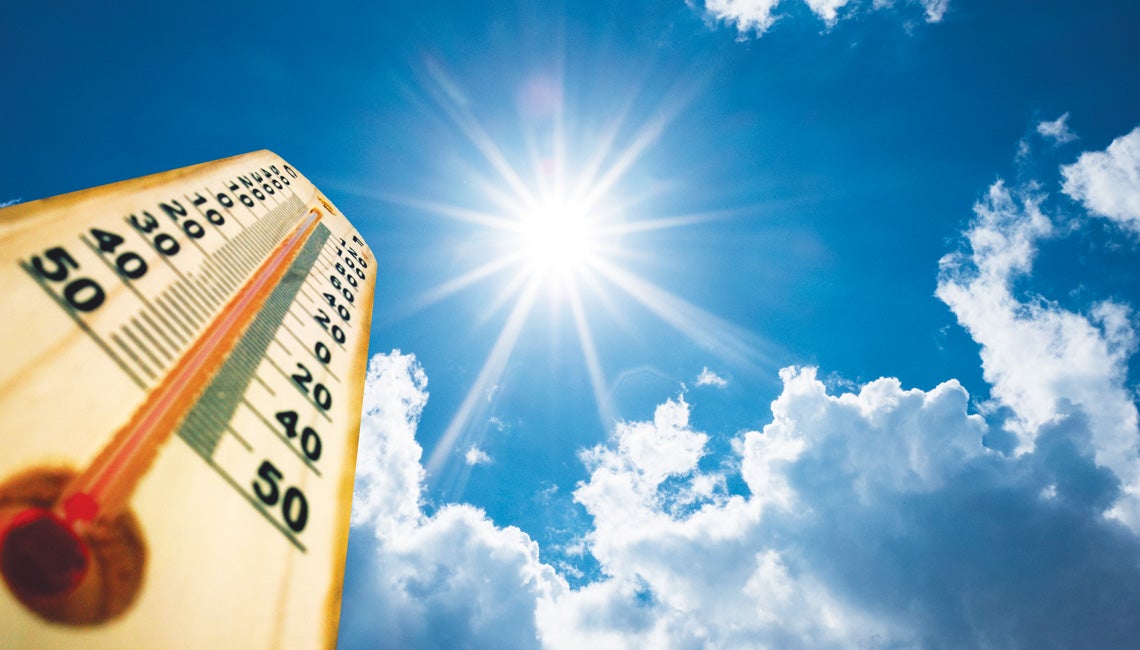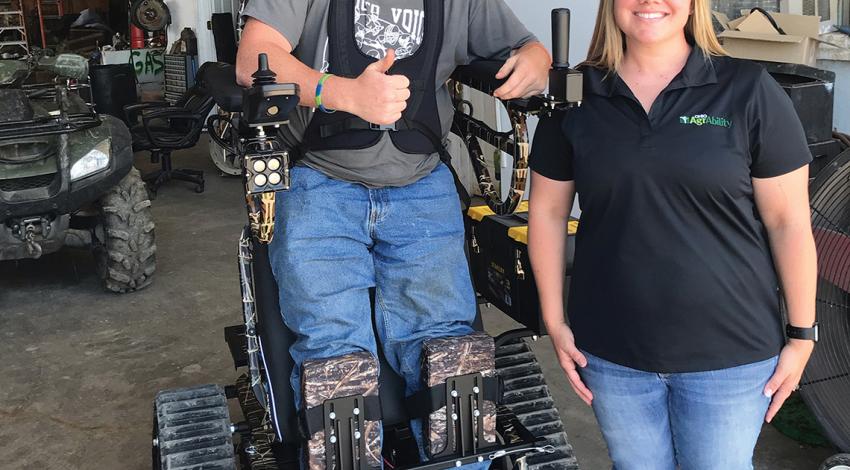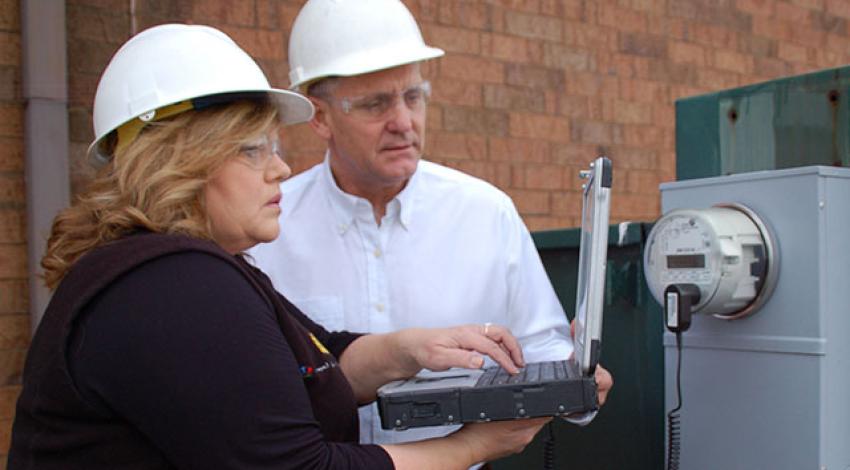Sometime soon — perhaps sometime this month, but certainly in July and August — you’re likely to see a “peak alert” notice from your electric cooperative.
It could be an email or text or it could be on social media. Whatever form that alert takes, members across the state should know that while it’s not an emergency or a shortage of electricity, it IS an opportunity for them to save money.
“As we head into the summer months and hot, humid weather, we provide our members with peak alert notifications to help raise awareness of the power grid status, especially during busy periods in the mornings and evenings,” says John Metcalf, president and CEO of Mid-Ohio Energy Cooperative in Kenton.
What’s the peak?
It’s important that consumer-members are aware of those peaks because electric rates for the entire year are based on the highest points of usage during the year, referred to as “peak demand.”
On the hottest days of the summer, when air conditioners and heat pumps across the state are often turned up full blast (it also happens during the most frigid days of winter), the demand for electricity generation inches higher. When your co-op and Buckeye Power — the generation and transmission cooperative that provides the electricity your co-op brings to its members — see that demand heading toward a new peak, they do everything they can to avoid that peak that would trigger a higher rate for the coming year.
While reducing usage during those potential peaks won’t lower rates, it will keep future bills from going higher. Kevin Zemanek, assistant vice president of operations at Buckeye Power, says beating those peaks can save the co-ops $6.5 million to $7.5 million annually.
“As much as 25% of a member’s bill can be affected by those peaks that happen in six hours of the year,” says Ben Wilson, director of power delivery engineering at Buckeye Power. “If we’re able to hold them down through our various measures, it saves the co-ops money as they purchase electricity, and of course, the not-for-profit co-ops in turn pass those savings on to their members.”
All in it together
Those peak alerts the co-op sends out are one way to “beat the peak” — asking members to voluntarily reduce their consumption. Consumer-members can help by avoiding the use of high-energy appliances such as clothes dryers, electric ovens, dishwashers, and the like during those times, or by turning the thermostat up a few degrees to run those cooling units a bit less. Turning off unneeded lights and smaller appliances, while always a good idea to reduce your electric bill, also helps during those peak alerts.
Co-ops can also decrease some of that usage themselves, by controlling some individual water heaters or air-conditioning units. With the member’s permission, some co-ops will install a radio-controlled switch on one or both of the units, and as a potential peak approaches, Buckeye Power can send a signal that cycles those appliances on and off for a short period.
Behind the scenes
There are more than 100,000 water heaters and 15,000 A/C units around the state that members have allowed the co-op to enroll in the load management program — often in exchange for a rebate or bill credit (the programs differ around the state, so call your co-op to see if and how they participate). Most members who sign up for the program report that they have never noticed when the switching takes place.
While one remote switch on a single water heater may not make a huge difference, the overall impact of the program conserves a large amount of electricity — and saves everyone money.
“The reason we do anything is for the benefit of our members,” says Consolidated Cooperative CEO Phil Caskey. “Whether it’s load management, another rebate program, or anything else, our goals are to provide reliable service at a reasonable price and to improve the quality of life for the people we serve.”
How to use less
 In times of extremely high electricity usage (usually during the hot afternoon and early evening hours in the summer), consumer-members can help reduce the overall volume and hold down future rate increases with some simple steps:
In times of extremely high electricity usage (usually during the hot afternoon and early evening hours in the summer), consumer-members can help reduce the overall volume and hold down future rate increases with some simple steps:
- Defer tasks like doing laundry, running the dishwasher, or charging electric vehicles until after the peak alert has passed.
- Use programmable thermostats, with the settings adjusted so your heating/cooling system syncs up with the off-peak rate period — or simply adjust the thermostat a few degrees upward (or downward in frigid weather).
- Use automatic timers to run hot tubs, pool pumps, water heaters, and other appliances during off-peak hours.
- Close window shades or curtains to keep your house cooler during the hottest parts of the day.
- Take shorter showers.









